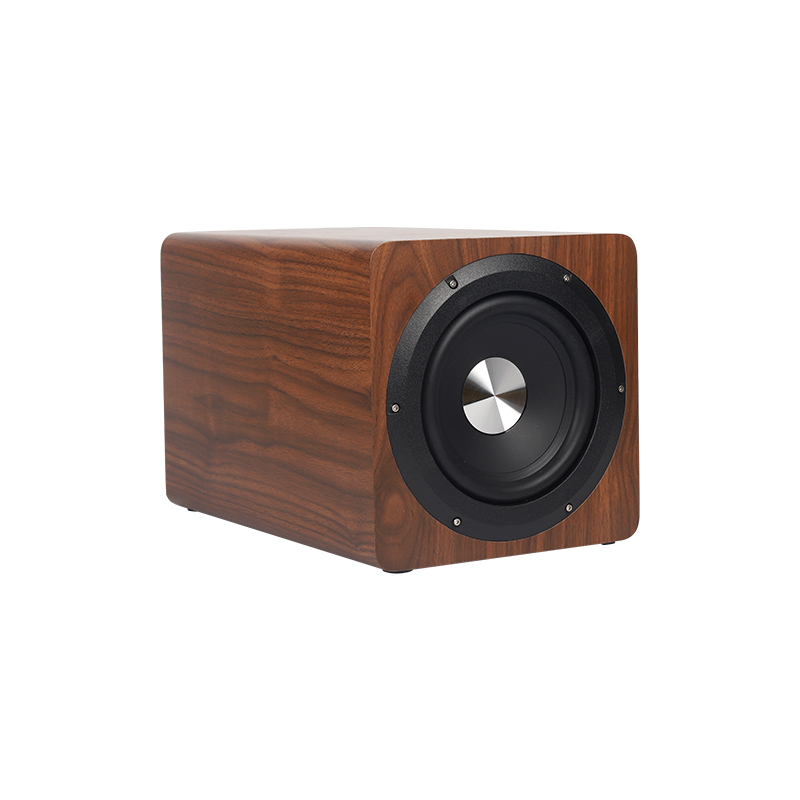The general sound reinforcement system includes two categories: sound reinforcement system and sound reproduction system:
1. Sound reinforcement system: The speaker and the microphone are in the same sound field, and there are whistling, distortion and oscillation caused by acoustic feedback and room resonance. In order to ensure the stability and normal operation of the system, the maximum system gain is 6 dB lower than the critical gain at which acoustic feedback self-excitation occurs.
2. Sound playback system: There are only sound sources such as tape players and CD players in the system, no microphone, no sound feedback is possible, and the sound feedback coefficient is 0, which is a special case of the sound reinforcement system.
Sound reinforcement systems can be divided into the following categories according to their uses:
1. Outdoor PA system
Outdoor sound reinforcement systems are mainly used in stadiums, stations, parks, art squares, music fountains, etc. It is characterized by a large service range, wide space, and large background noise; the sound transmission is mainly direct sound; the sound pressure level is required to be high, such as high-rise buildings and other sound-reflecting objects around, the speaker layout is unreasonable, and the sound wave is formed by multiple reflections.
50 ms delay, and in severe cases, there will be problems such as echoes. In outdoor systems, it is also affected by factors such as climatic conditions, wind direction, and environmental disturbances.
2) Indoor sound system
Among them, the most widely used is the indoor sound reinforcement system, including various cinemas, gymnasiums, dance halls, etc. It is very professional and can not only provide sound sources for various theatrical performances, but also has high requirements for sound quality. The design of the system takes into account not only electro-acoustic technology, but also the sound quality of the building. Factors such as indoor body shape have a greater impact on the sound quality.

3) Motorized performance system
In addition to fixed installation systems, sound reinforcement systems also include mobile systems. Various large venues temporarily installed for non-theatrical performances [such as gymnasiums (halls), art broadcasting, large banquet halls, etc.] are called mobile performance systems. The audio equipment for the mobile performance must be compact in structure, easy to carry, transport and install, with high reliability, and can adapt to various harsh use environments. Large-flow systems require a large investment and are generally leased to professional audio companies.
4) Public address system
The public broadcasting system provides background music and radio programs for hotels, commercial buildings, ports, airports, subways, and schools. In recent years, the public broadcasting system has also doubled as emergency broadcasting, which can be linked with the fire alarm system. In the public broadcasting system, there are many control functions, such as regional broadcasting, all-call broadcasting, forced switching, priority broadcasting and other functions. The speaker load is large and dispersed, and the transmission line is long. In order to reduce the loss of the transmission line, 70 V or 100 V constant voltage high impedance transmission is generally used. The sound quality requirements are not too high, and the sound quality is mainly midrange and midrange.
5. Conference system
In recent years, with the increase of domestic and foreign exchanges, teleconferencing, video teleconferencing and digital conference system (DCN) have developed rapidly. Conference systems are widely used in conference centers, hotels, groups and government agencies.
The conference system mainly includes conference discussion system, voting system, simultaneous interpretation system and video conference system. This system requires audio, video (image) system synchronization, and computer control and storage.